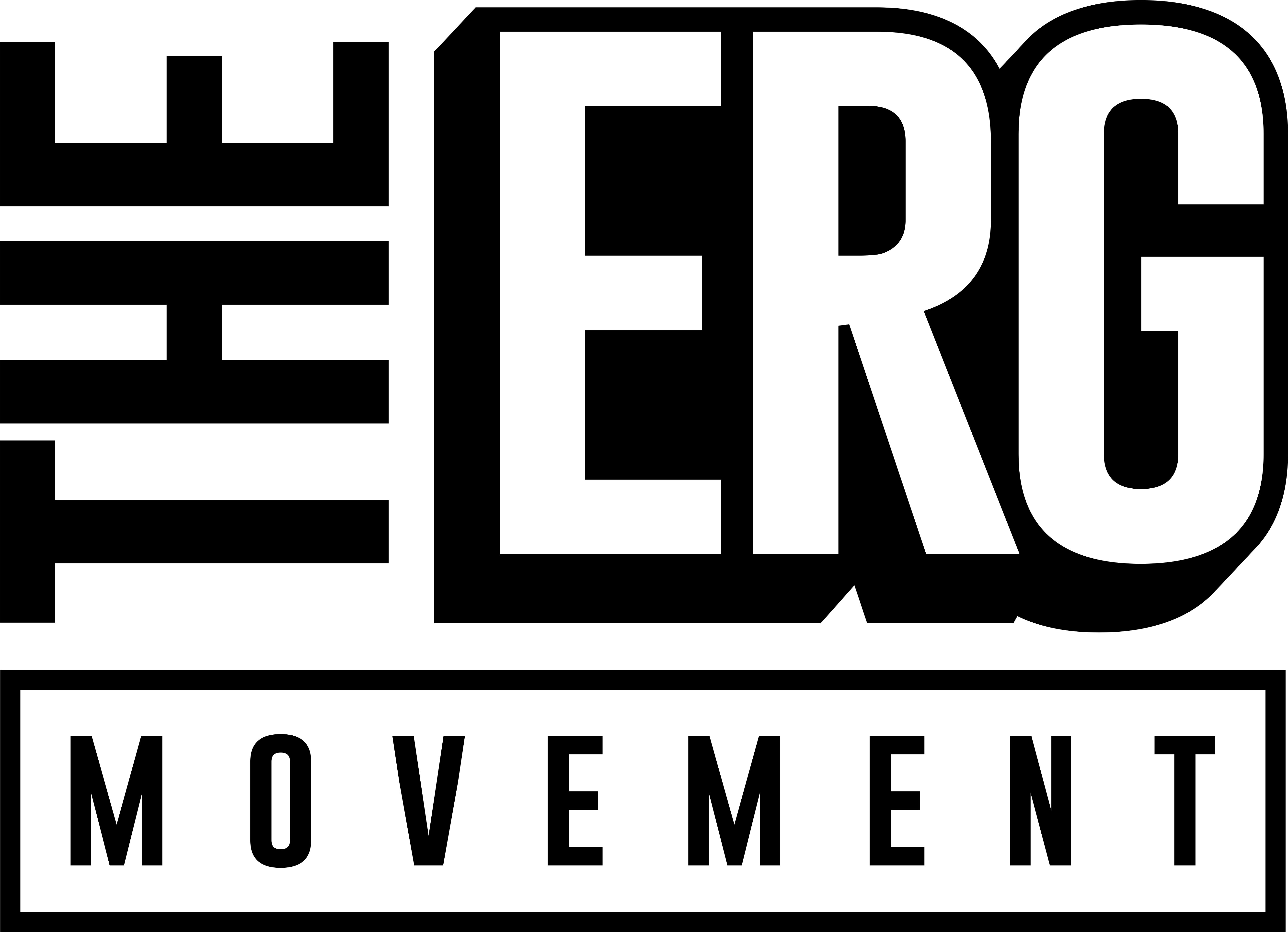What is the ERG Movement Model?
The ERG Movement Model streamlines the development of Employee Resource Groups (ERGs) into three distinct phases: Infancy, Adolescence, and Maturity. Each phase signifies a unique stage in an ERG Program’s evolution, complete with its own set of challenges and opportunities.

Let’s break these down for a clearer understanding:
Infancy Stage
Surprisingly, the Infancy stage of an ERG occurs BEFORE the launch of the ERG Program. It's all about laying a solid foundation for the program's future success. Think of this stage as the groundwork phase, encompassing three key elements – Purpose, Process, and Programming – a spinoff from the business world's "People, Process, Product" framework.
- Purpose: It's crucial to define the ERG program's purpose clearly. Ensure all stakeholders (employees, program managers, executives, business units) understand what the program aims to achieve and, just as importantly, what it doesn't aim to achieve. Set long-term success metrics and a multi-year strategy.
- Process: This is about the "how" – establishing documented processes for every aspect of the program. As new leaders are onboarded, they should have clear guidelines for their roles and responsibilities, backed by a robust data system to track program success.
- Programming: Finally, decide on the "what" – the activities and initiatives of the ERG. This includes branding, event planning, and member engagement activities. Avoid jumping straight to this step, as it often leads to lead burnout and disorganization down the line.
Adolescence Stage
This phase kicks off post-launch and is a critical growth period that spans several years, divided into three subphases: Early Adolescence, Mid Adolescence, and Late Adolescence.
- Early Adolescence (3-6 months post-launch): Focus on member growth and understanding community needs. It's a period of rapid development where program gaps are identified and addressed, setting the stage for the Mid Adolescence phase.
- Mid Adolescence: This is the stabilization period. After initial growth, the focus shifts to maintaining consistency in program execution. Emphasis is on adherence to standard operating procedures (SOPs) and measuring both input and output metrics.
- Late Adolescence: Here, ERGs begin to undertake larger initiatives, such as internal summits or partnerships. This phase involves scaling infrastructure (like chapters) and broadening scope, with a continued focus on measuring consistency and engagement.
Maturity Stage
The final stage represents the culmination of the ERG program's objectives. At this point, ERGs should be self-sustaining, with potential for additional growth through internal and external partnerships. The link between ERGs and employee engagement and satisfaction becomes evident. Automation and long-term consistency become key focuses.
For a different perspective, consider our airplane analogy, which further elucidates the ERG Movement Model. This analogy helps visualize the journey of an ERG Program from its inception to maturity, emphasizing the importance of a structured and phased approach







.svg)






.svg)